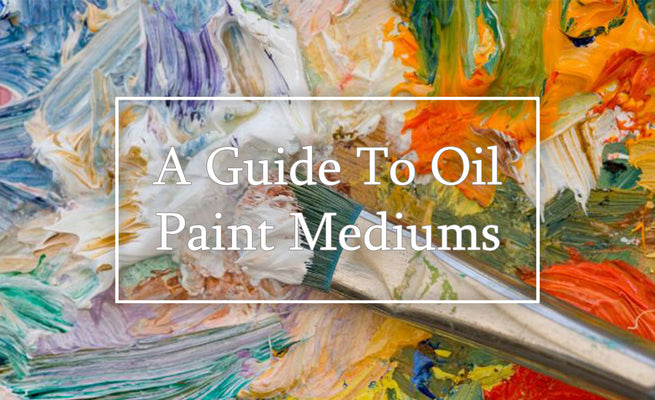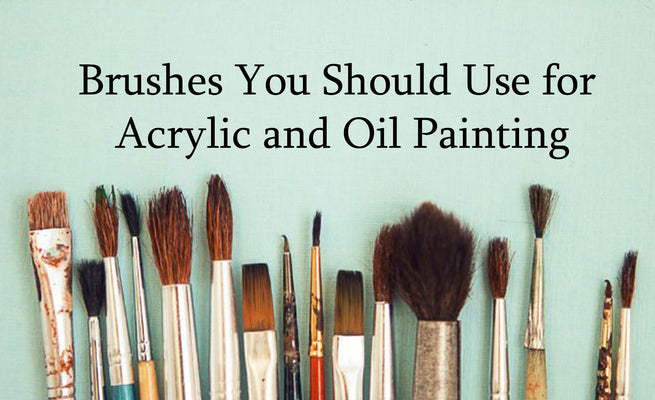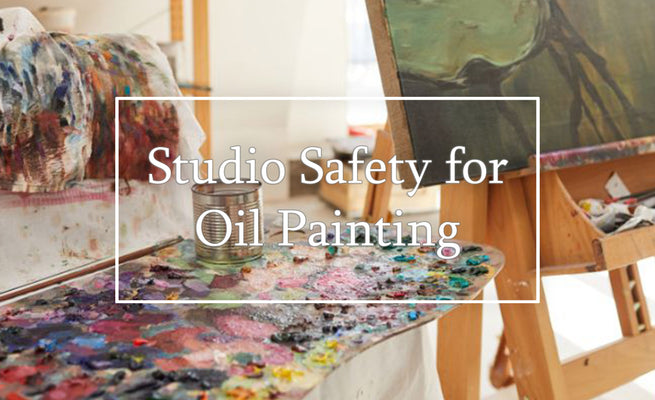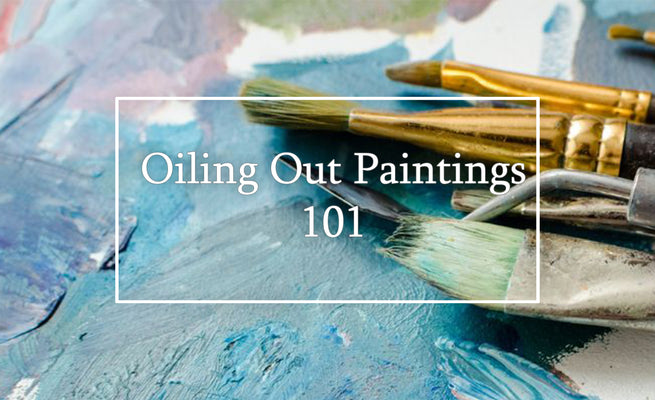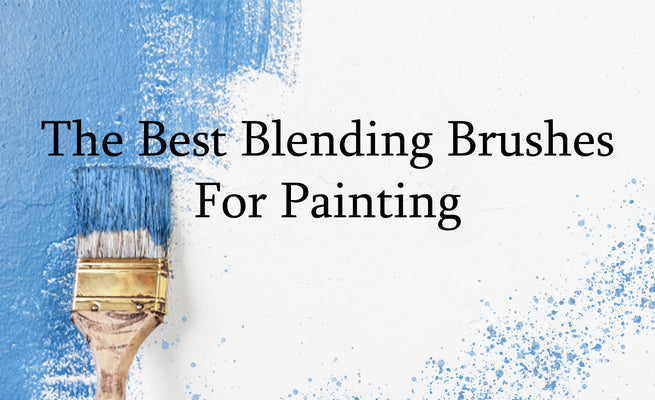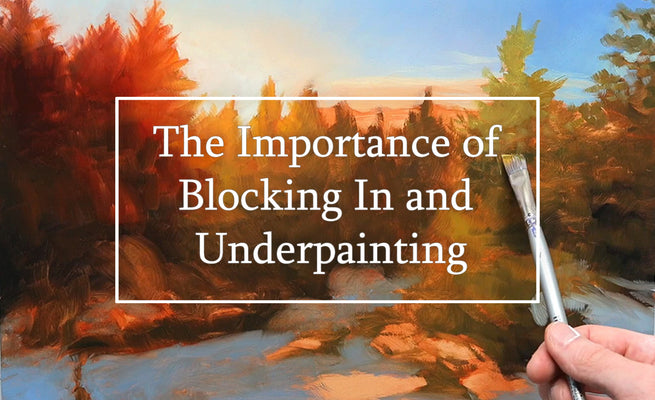
Note: This blog contains affiliate links and purchasing through them supports our site at no extra cost to you.
A brief history
Acrylic paint is a relatively new medium in painting compared to traditional mediums such as oil and watercolor. The history of acrylic paint can be traced back to the early 20th century, when scientists and artists began experimenting with new synthetic polymers to use in painting.
The first acrylic paint was developed in the 1930s by a German chemical company. This new paint was made from a water-based emulsion of synthetic polymer particles suspended in water. Acrylics were first used for painting such things as cars and buildings.
In the 1940s and 1950s, artists began to experiment with using this new paint in traditional art. American artist, Leonard Bocour and Canadian artist, Sam Golden, collaborated with German patent holders, Rohm and Haas, to develop a line of artists' acrylic paints under the brand name "Magna." This paint was more flexible, versatile, and durable than traditional oil paints, and it quickly gained popularity among artists.

By the early 1970s, acrylic paint became even more popular as artists began to explore its possibilities as a viable medium for painting. Many artists embraced the fast-drying properties of acrylic paint and its ability to be used in a variety of techniques, such as airbrushing, and impasto.
How do artists use acrylic paint today?
Today, acrylic paint is widely used by artists of all types. From painting and illustration to sculpture and mixed media, even commercial and digital art, acrylics are easily incorporated into many styles.
Acrylic paint has many benefits over traditional mediums. Because it dries quickly, it can be thinned with water and it can be used in a variety of techniques, many artists prefer acrylic over other paints. It can also be easily cleaned with water and it is non-toxic and non-flammable.
There's a wide range of acrylic paints, from student-grade to professional artist-grade, with different viscosities and finishes that can be used with many techniques.
In recent years, the technology of acrylic paint has advanced significantly with the introduction of high-performance acrylics, which have properties similar to oil paint, like as slow-drying times and increased flexibility. These new acrylics have a longer open-time, which means that artists can work on the painting surface for a longer period of time before the paint dries. They also have improved lightfastness, which means that they are more resistant to fading over time.
Artists also have access to a wide range of mediums and additives that can be used to modify the properties of acrylic paint, such as increasing its transparency, gloss, or texture, and more.
Acrylic paint has become a staple for contemporary painters, and it's used in a variety of genres. From abstract art, to figurative and realistic painting, as well as street art and graffiti, it has become a type of paint that can adapt to many different forms of artistic expression.

Acrylic paint is also a popular medium for art education, as it is relatively inexpensive, non-toxic, and easy to clean up. It is often used in a wide range of schools and art classes. This is because it is easy to work with, dries quickly, and is versatile.
Another advantage is that it can be used on many types of surfaces, such as canvas, paper, wood, and even fabric. This allows artists to experiment and work on different types of surfaces depending on their personal preferences and the requirements of their artwork.
There is also a range of finishes available to choose from and can be used in combination with other mediums, such as gels and pastes to create unique textures and effects.

Why do some artists prefer acrylic paint over other mediums, such as oil or watercolor?
-
Fast drying time: Acrylic paint dries quickly, usually within 15 to 20 minutes, allowing artists to work quickly and efficiently. This is particularly useful for artists who like to work in layers, as they can apply multiple layers of paint in a single session, without having to wait for previous layers to dry.
-
Versatility: Acrylic paint can be used in a variety of techniques, such as airbrushing, impasto, and glazing, and can be thinned with water to create a wide range of effects.
-
Lightfastness: Acrylic paint has good lightfastness, meaning it is resistant to fading over time, especially when compared to oil paint.
-
Non-toxic and easy to clean up: Acrylic paint is water-based and non-toxic, making it a safe medium to work with. It can be easily cleaned up with soap and water.
-
Affordability: Acrylic paint is relatively inexpensive when compared to oil paint, making it a great choice for artists who are just starting out or those who are working on a budget.
-
Environmentally friendly: Because acrylic paint is water-based it doesn't require the use of solvents or other harsh chemicals, making it a safe and environmentally friendly option for artists.
-
Durability: Acrylic paint is highly durable and resistant to cracking, chalking, and discoloration, making it a great option for art that will be displayed in public or outdoor spaces.
-
Intermixability: Acrylic paint can be mixed with other acrylic paints, mediums, and gels to create unique textures and effects, giving artists more creative freedom.
-
Adaptability: Acrylic paint can be used in a variety of genres, styles, and techniques, from traditional painting to street art and graffiti, making it a medium that can adapt to many different forms of artistic expression.

All these advantages make acrylic paint a popular choice for many artists of all skill levels and styles, especially those who are looking for a medium that is fast-drying and easy to work with. It's a reliable medium that has come a long ways since the 1930s. It continues to evolve with the introduction of new formulations, colors, and mediums and can be used in a variety of genres, styles and techniques, giving artists more creative freedom.



